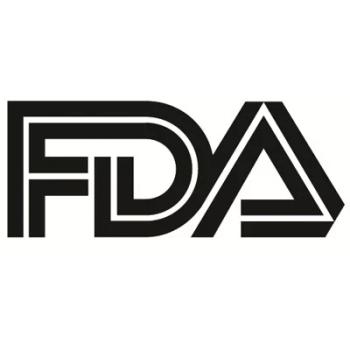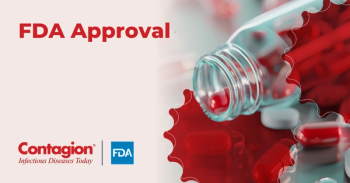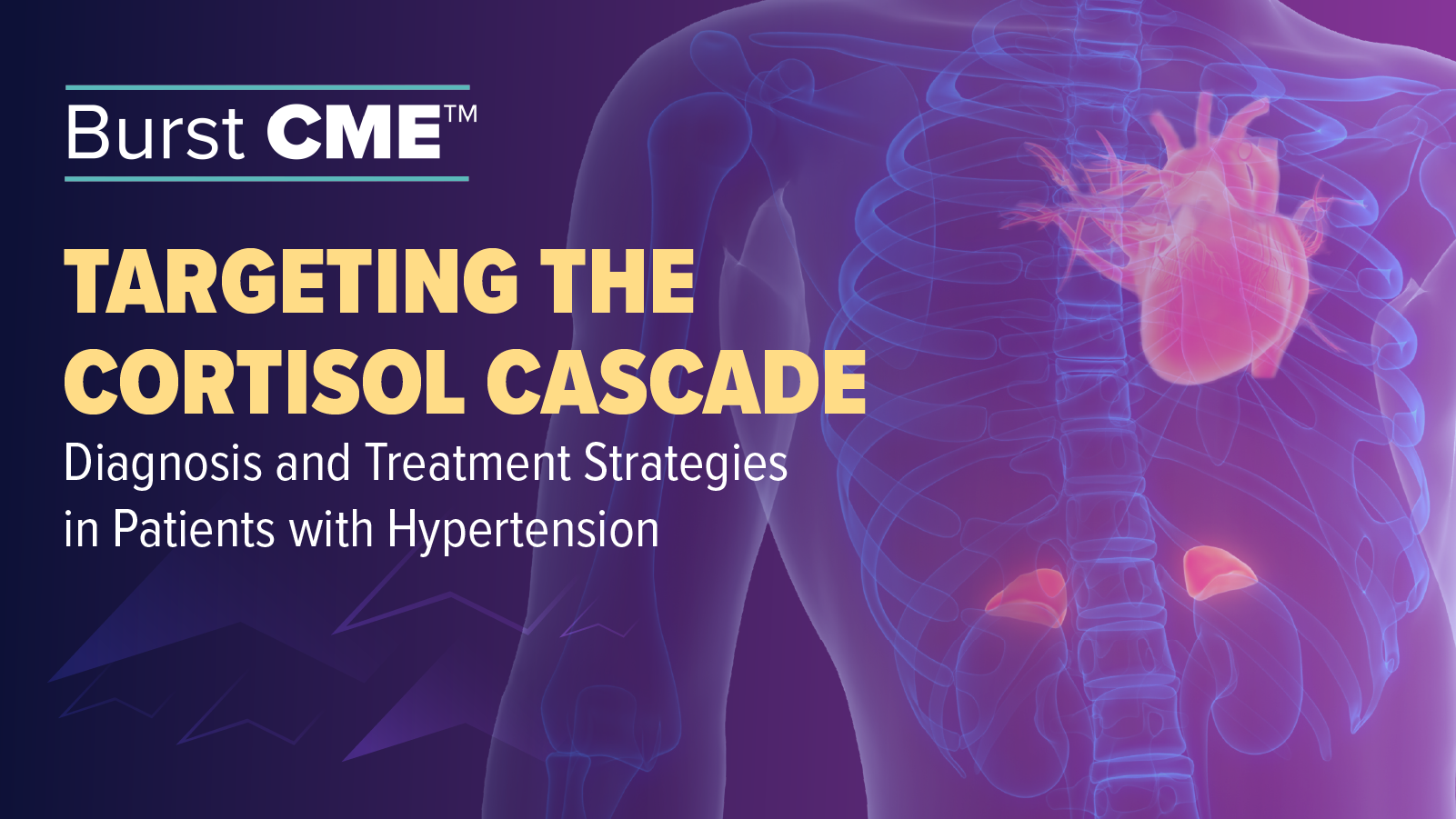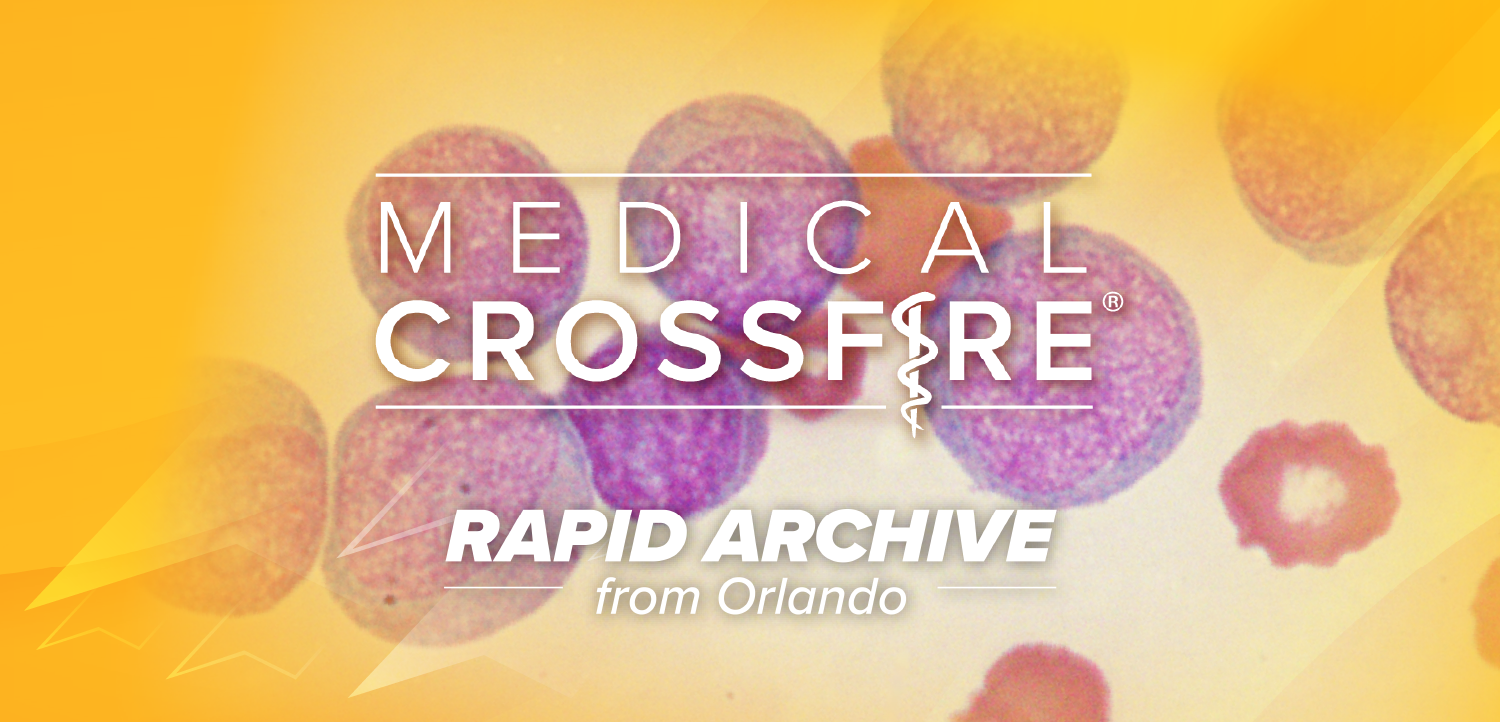
- Contagion, Spring 2025 Digital Edition
- Volume 10
- Issue 1
Dose Optimization as a Strategy to Improve Clinical Outcomes and Suppress Antimicrobial Resistance
From the discovery of penicillin to PK-PD principles: A brief historical overview and what we have learned from recent clinical trials.
Almost a century ago, Alexander Fleming discovered by coincidence in his laboratory the antimicrobial effects of penicillin, a finding that has dramatically changed the landscape of medicine.1 More than 20 years later, Eagle and his colleagues were among the first to establish that β-lactam antibiotics act in a time-dependent manner and wrote, “There is a considerable body of experimental evidence that the therapeutic action of penicillin rests in large part on its direct bactericidal action, and that the factor that primarily determines its therapeutic efficacy is the total time for which the drug remains at effective levels at the focus of infection.”2 It wasn’t until 1985, however, that Williamson et al gave a molecular explanation for the time dependency of β-lactams that appeared to be related to the acylation reaction that occurs when β-lactams bind to the serine active site of penicillin-binding proteins (PBPs). Based on experiments with penicillin in Streptococcus pneumoniae, Williamson et al showed that bacterial cell wall synthesis appears to be inhibited only when sufficient acylation of different PBPs has occurred.3 In 1998, Craig published on the pharmacokinetic (PK) and pharmacodynamic (PD) indices based on preclinical studies, which now serves as a guide to rational dosing of antibiotics.4 It became clear that various classes of β-lactams require different time periods during the dosing interval where free (unbound) drug concentrations remain above the minimum inhibitory concentration (MIC) (expressed as ƒT > MIC) to achieve maximal bacterial killing. Compared with other β-lactams, meropenem requires the shortest ƒT > MIC (approximately 40% of the dosing interval) to achieve maximal bacterial killing.4 Although the antibiotic concentration needs to be above the MIC to achieve and maintain the acylation of PBPs, it also became clear that further dose increments did not lead to enhanced bacterial killing.5 Importantly, nearly 100 years after the discovery of penicillin, we are still learning how to best achieve dose optimization in different patient populations. On balance, shortly after the discovery of penicillin, cases of resistance were reported and 2 major causes of resistance were identified: structural changes in the PBPs, β-lactamases, or a combination of both. From an evolutionary perspective, it is assumed that PBPs were the precursors of β-lactamases and that both enzymes existed already millions of years before penicillin was introduced. Interestingly, both enzymes (β-lactamases and PBPs) show remarkable molecular similarity and mechanism of action,6,7 making them partners in crime, threatening our present-day arsenal of β-lactam antibiotics.
Translation of Preclinical PK-PD Data Into Clinical Trials
Bearing in mind the time-dependent action of β-lactams and the PK-PD targets defined in preclinical studies, multiple experiments have been performed with prolonged (infusion time up to 4 hours) or continuous (infusion time 24 hours) treatment with β-lactam antibiotics. Lodise et al published on the clinical implications of extended infusion of piperacillin-tazobactam therapy for critically ill patients infected with Pseudomonas aeruginosa. Retrospectively, the investigators compared patients who received extended infusions of piperacillin- tazobactam (3.375 g intravenously for 4 hours every 8 hours) with those who received intermittent infusions of piperacillin-tazobactam (3.375 g intravenously for 30 minutes every 4 or 6 hours).
The authors reported a statistically significant decrease in mortality and improved clinical outcomes in critically ill patients treated with extended infusion.8 Since then, multiple similar studies have been performed in patients with severe sepsis, with a tendency toward improved clinical outcomes and reduced mortality.9 However, the 2 most recent notable randomized controlled trials, MERCY (NCT03452839) and BLING III (NCT03213990), failed to show a difference in mortality, although the BLING III study did show improved clinical outcomes.10,11 Possible explanations for these inconsistent results should be sought in the heterogeneity of the included patients, MIC values against infecting pathogens, dosing strategies, and the absence of therapeutic drug monitoring (TDM).12 The most widely used PK-PD target in these clinical trials is ƒT > MIC, with variations in the percentage of the dosing interval that free drug concentrations remain above the MIC (up to 100%; referred to as the ceiling effect) and the height of the concentrations (as expressed by multiples of the MIC, up to 4xMIC). It should be noted that PK-PD indices are derived from preclinical studies that mainly focused on the PD target bacterial killing, and numerous limitations are increasingly being recognized. On the one hand, the PK component of the model is subject to multiple variables such as renal function, volume of distribution (Vd), and infusion time. On the other hand, the limitations of the PD component (represented by the static MIC value–determined in vitro conditions) are also significant, including the inoculum effect, bacterial growth dynamics and resistance development.13
A Complex Relationship: Time-Depend- ent Bacterial Killing vs Concentration-Dependent Resistance Suppression?
Although the β-lactams act in a time dependent manner, evidence suggests that resistance suppression of β-lactams appears to be more concentration related, for which minimum blood plasma concentration reached by a drug during a dosing interval Cmin /MIC and the area under the curve (AUC)/MIC appear to be more predictive in PK-PD models.14-17 Subtherapeutic levels of β-lactams may be associated with genetic mutations and resistance development.18-20 In addition, duration of treatment also appears to be a major risk factor for resistance development.21,22 However, a clear correlation between subtherapeutic concentrations of β-lactams that trigger genetic mutations resulting in the expression of altered PBPs and or transcription of β-lactamases remains to be proven. Furthermore, the bacterial inoculum size appears to be important, as rapid target attainment with inoculum reduction at the site of infection in the early phase of infection minimizes the risk of resistance.23
Dosing Strategies to Improve Target Attainment and Outcomes: The Higher the Better?
Simply prolonging the infusion time of β-lactams does not necessarily translate to resistance suppression, as demonstrated by the experiment done by Felton et al, who showed in a hollow-fiber infection model that the Cmin /MIC values required to achieve resistance suppression were significantly higher with prolonged infusion than with intermittent infusion.24 Al-Shaer et al performed a retrospective study to assess whether achieving early free β-lactam concentrations above the MIC during 100% of the dosing interval is associated with improved outcomes in the intensive care unit. They reported that a conservative PK-PD target of 100% ƒT > MIC and a stricter target of 100% ƒT > 4xMIC were both significantly associated with clinical cure, microbial eradication, and suppression of resistance. A delay in measuring β-lactam concentrations was associated with clinical failure and higher mortality, indicating the importance of TDM.25 Scharf et al tried to define the optimal β-lactam target for critically ill patients to reach infection resolution and improve outcomes in critically ill patients. The authors reported that achieving the target of 100% ƒT > MIC leads to faster infection resolution in critically ill patients, but there was no benefit for patients who reached the highest target of 100% ƒT > 4xMIC.26 Maranchick et al performed a retrospective study to identify associations between β-lactam PK-PD targets and the emergence of resistance in patients with gram-negative infections. The authors concluded that a ƒAUC/MIC ≥ 494 may be associated with decreased gram-negative resistance emergence. Of note, no associations between resistance emergence and ƒT > MIC and ƒT > 4xMIC were found.17 In a very recent meta-analysis (based on observational studies), Gatti et al showed that attaining an aggressive PK-PD target (defined as 100% ƒT > 4xMIC) was associated with significantly higher odds of clinical cure (OR, 1.69; 95% CI, 1.15-2.49) and lower odds of β-lactam resistance development (OR, 0.06; 95% CI, 0.01-0.29) in critically ill patients.27
Concluding Remarks and Outlook
Despite a considerable degree of inconsistencies and heterogeneity, it can be carefully concluded from the available evidence that increasing the exposure of β-lactams by prolonged infusion combined with β-lactam concentrations that equal multiple times the MIC during 100% of the dosing interval is associated with improved clinical outcomes and resistance suppression. These dosing strategies could be further optimized by the use of a loading dose, especially in critically ill patients with high inoculum infections and increased Vd and/or those with slightly elevated MICs against the infecting organisms.28 However, as stated earlier, it should be noted that these concepts are based on the assumption that PK-PD indices are static, which is not realistic. Both the PK and PD components of the model are subject to multiple variables, which make them highly dynamic and unpredictable, especially in critically ill patients with septic shock.12
In addition, increasing the dose with prolonged or continuous infusion in an attempt to improve target attainment also carries an increased risk for toxicity. As we move forward with clinical trials that study the relationship between β-lactam exposure and outcome, we should be more aware of these limitations and apply several PK-PD indices for different outcome parameters in more homogenous patient populations with severe sepsis or septic shock. Clinical outcome appears to be best predicted with 100% ƒT > 1-4xMIC and resistance suppression with concentration-related PK-PD indices such as Cmin /MIC and/or fAUC/MIC. One size doesn’t fit all, and this also holds true for the application of PK-PD indices in clinical trials.
References
1. Fleming A. On the antibacterial action of cultures of a penicillium, with special reference to their use in the isolation of B. influenzæ. Br J Exp Pathol. 1929;10(3):226-236.
2. Eagle H, Fleischman R, Levy M. “Continuous” vs. “discontinuous” therapy with penicillin; the effect of the interval between injections on therapeutic efficacy. N Engl J Med. 1953;248(12):481-488. doi:10.1056/NEJM195303192481201
3. Williamson R, Tomasz A. Inhibition of cell wall synthesis and acylation of the penicillin binding proteins during prolonged exposure of growing Streptococcus pneumoniae to benzylpenicillin. Eur J Biochem. 1985;151(3):475-483. doi:10.1111/j.1432-1033.1985.tb09126.x
4. Craig WA. Pharmacokinetic/pharmacodynamic parameters: rationale for antibacterial dosing of mice and men. Clin Infect Dis. 1998;26(1):1-10. doi:10.1086/516284
5. Drusano GL. Antimicrobial pharmacodynamics: critical interactions of ‘bug and drug.’ Nat Rev Microbiol. 2004;2(4):289-300. doi:10.1038/nrmicro862
6. Zapun A, Contreras-Martel C, Vernet T. Penicillin-binding proteins and β-lactam resistance. FEMS Microbiol Rev. 2008;32(2):361-385. doi:10.1111/j.1574-6976.2007.00095.x
7. Bush K. Past and present perspectives on β-lactamases. Antimicrob Agents Chemother. 2018;62(10):e01076-18. doi:10.1128/AAC.01076-18
8. Lodise TP Jr, Lomaestro B, Drusano GL. Piperacillin-tazobactam for Pseudomonas aeruginosa infection: clinical implications of an extended-infusion dosing strategy. Clin Infect Dis. 2007;44(3):357-363. doi:10.1086/510590
9. Abdul-Aziz MH, Hammond NE, Brett SJ, et al. Prolonged vs intermittent infusions of β-lactam antibiotics in adults with sepsis or septic shock: a systematic review and meta-analysis. JAMA. 2024;332(8):638-648. doi:10.1001/jama.2024.9803
10. Monti G, Bradić N, Marzaroli M, et al; MERCY Investigators. Continuous vs intermittent meropenem administration in critically ill patients with sepsis. JAMA. 2023;330(2):141-151. doi:10.1001/jama.2023.10598
11. Dulhunty JM, Brett SJ, De Waele JJ, et al. Continuous vs intermittent β-lactam antibiotic infusions in critically ill patients with sepsis: the BLING III randomized clinical trial. JAMA. 2024;332(8):629-637. doi:10.1001/jama.2024.9779
12. Tilanus AM, Shields RK, Lodise TP, Drusano GL. Translating PK-PD principles into improved methodology for clinical trials which compare intermittent with prolonged infusion of beta-lactam antibiotics. Clin Infect Dis. Published online January 27, 2025. doi:10.1093/cid/ciaf038
13. Landersdorfer CB, Nation RL. Limitations of antibiotic MIC-based PK-PD metrics: looking back to move forward. Front Pharmacol. 2021;12:770518. doi:10.3389/fphar.2021.770518
14. Li C, Du X, Kuti JL, Nicolau DP. Clinical pharmacodynamics of meropenem in patients with lower respiratory tract infections. Antimicrob Agents Chemother. 2007;51(5):1725-1730. doi:10.1128/AAC.00294-06
15. McKinnon PS, Paladino JA, Schentag JJ. Evaluation of area under the inhibitory curve (AUIC) and time above the minimum inhibitory concentration (T>MIC) as predictors of outcome for cefepime and ceƒTazidime in serious bacterial infections. Int J Antimicrob Agents. 2008;31(4):345-351. doi:10.1016/j.ijantimicag.2007.12.009
16. Tam VH, Chang KT, Zhou J, et al. Determining β-lactam exposure threshold to suppress resistance development in Gram-negative bacteria. J Antimicrob Chemother. 2017;72(5):1421-1428. doi:10.1093/jac/dkx001
17. Maranchick NF, Webber J, Alshaer MH, Felton TW, Peloquin CA. Impact of beta-lactam target attainment on resistance development in patients with gram-negative infections. Antibiotics (Basel). 2023;12(12):1696. doi:10.3390/antibiotics12121696
18. Tam VH, Ledesma KR, Schilling AN, et al. In vivo dynamics of carbapenem-resistant Pseudomonas aeruginosa selection aƒTer suboptimal dosing. Diagn Microbiol Infect Dis. 2009;64(4):427-433. doi:10.1016/j.diagmicrobio.2009.03.031
19. Gullberg E, Cao S, Berg OG, et al. Selection of resistant bacteria at very low antibiotic concentrations. PLoS Pathog. 2011;7(7):e1002158. doi:10.1371/journal.ppat.1002158
20. Shields RK, Nguyen MH, Chen L, Press EG, Kreiswirth BN, Clancy CJ. Pneumonia and renal replacement therapy are risk factors for ceƒTazidime-avibactam treatment failures and resistance among patients with carbapenem-resistant Enterobacteriaceae infections. Antimicrob Agents Chemother. 2018;62(5):e02497-17. doi:10.1128/AAC.02497-17
21. Yusuf E, Van Herendael B, Verbrugghe W, et al. Emergence of antimicrobial resistance to Pseudomonas aeruginosa in the intensive care unit: association with the duration of antibiotic exposure and mode of administration. Ann Intensive Care. 2017;7(1):72. doi:10.1186/s13613-017-0296-z
22. Shields RK, Stellfox ME, Kline EG, Samanta P, Van Tyne D. Evolution of imipenem-relebactam resistance following treatment of multidrug-resistant Pseudomonas aeruginosa pneumonia. Clin Infect Dis. 2022;75(4):710-714. doi:10.1093/cid/ciac097
23. Martinez MN, Papich MG, Drusano GL. Dosing regimen matters: the importance of early intervention and rapid attainment of the pharmacokinetic/pharmacodynamic target. Antimicrob Agents Chemother. 2012;56(6):2795-2805. doi:10.1128/AAC.05360-11
24. Felton TW, Goodwin J, O’Connor L, et al. Impact of bolus dosing versus continuous infusion of piperacillin and tazobactam on the development of antimicrobial resistance in Pseudomonas aeruginosa. Antimicrob Agents Chemother. 2013;57(12):5811-5819. doi:10.1128/AAC.00867-13
25. Al-Shaer MH, Rubido E, Cherabuddi K, Venugopalan V, Klinker K, Peloquin C. Early therapeutic monitoring of β-lactams and associated therapy outcomes in critically ill patients. J Antimicrob Chemother. 2020;75(12):3644-3651. doi:10.1093/jac/dkaa359
26. Scharf C, Liebchen U, Paal M, et al. The higher the better? defining the optimal beta-lactam target for critically ill patients to reach infection resolution and improve outcome. J Intensive Care. 2020;8(1):86. doi:10.1186/s40560-020-00504-w
27. Gatti M, Cojutti PG, Pea F. Impact of attaining aggressive vs. conservative PK/PD target on the clinical efficacy of beta-lactams for the treatment of gram-negative infections in the critically ill patients: a systematic review and meta-analysis. Crit Care. 2024;28(1):123. doi:10.1186/s13054-024-04911-5
28. Tilanus A, Drusano G. Optimizing the use of beta-lactam antibiotics in clinical practice: a test of time. Open Forum Infect Dis. 2023;10(7):ofad305. doi:10.1093/ofid/ofad305
Articles in this issue
8 months ago
Shifting Sands in Cellulitis8 months ago
H5N1: The Outbreak the US Got Bored With8 months ago
Contagion Spring 2025 Digital EditionNewsletter
Stay ahead of emerging infectious disease threats with expert insights and breaking research. Subscribe now to get updates delivered straight to your inbox.



















































































































































































































































































